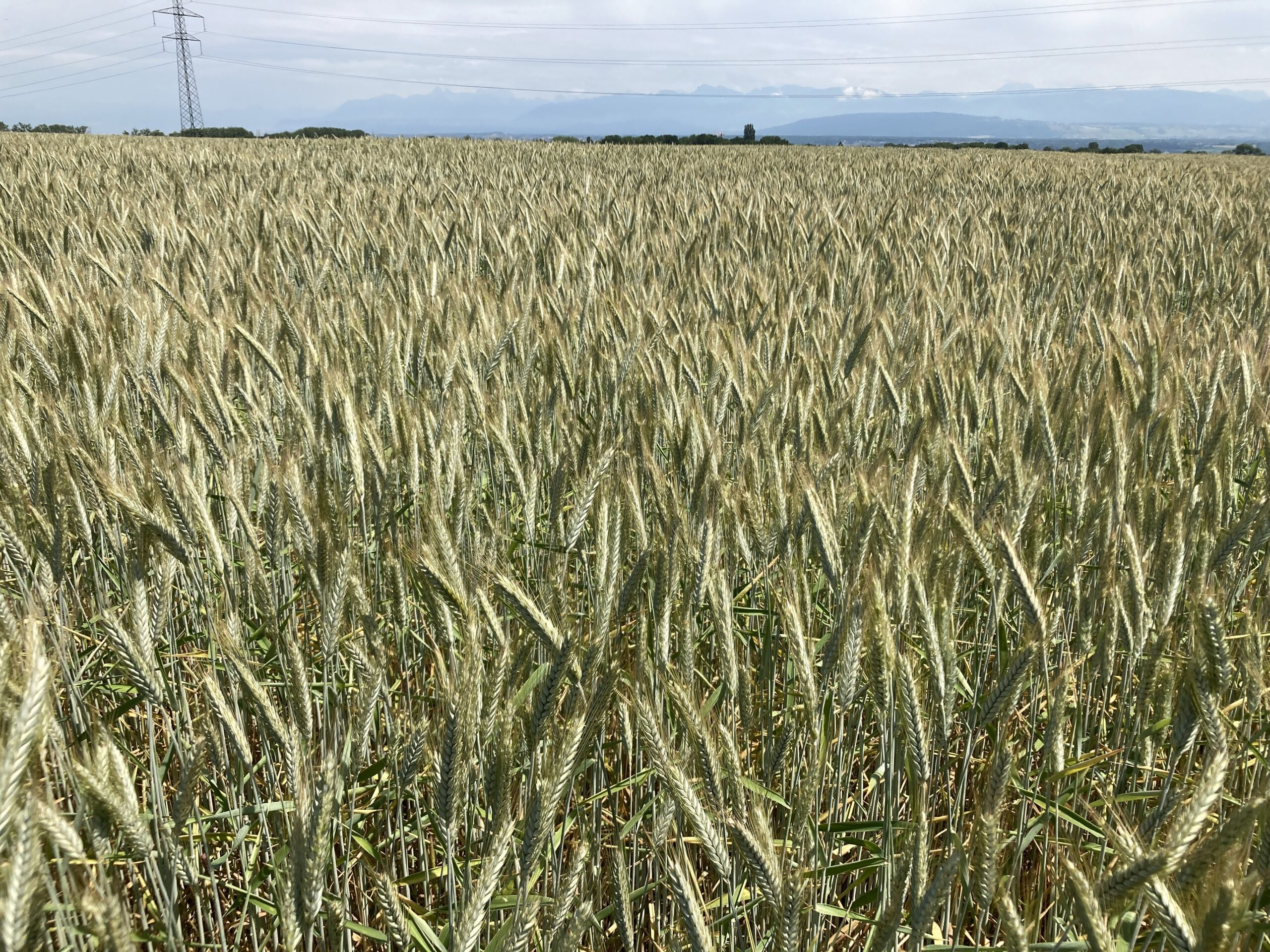Let’s take a step back from today, and let’s remember the 2006 tech landscape. In 2006 we had Symbian phones, GPRS, text messages. We used the world wide web whilst sitting at computers usually via wifi. We would tweet until the moment we left home, and then we had to rely on SMS to keep in touch with people that we either wanted to meet or communicate with.
At the time phones were small, with just a few lines of text at a time, and little to no media content. We used Twitter and Jaiku because they allowed us, in a time of limited bandwidth, to have a conversation either, sitting at a computer, or by SMS.
Eventually bandwidth and data plans improved and increased, especially with the arrival of the iPhone, but blackberry users had lived in the future for years beforehand.
Twitter benefited from the iPhone, and it was favoured over Jaiku, so it won, but Jaiku offered everything that Twitter took years to offer, in turn.
That twitter has only a third of a million users tells you about the niche that it has, and the use cases that it fails to provide to its users. Medium was spun off from Twitter and others a blogging variant. Facebook, Reddit and two or three other solutions offer web forum style websites.
Twitter lost its niche back in 2007 when it went from being a network of friends of friends, who come across each other, and talk between each other to a hashtag driven, celebrity following mess. It’s when I read this vox article that I thought of the topic.
The web of today is mature. Everyone, or almost, has a smartphone and uses the web for information and staying in touch. Bandwidth is unlimited for many. What we need is not another twitter. What we need is a local, social web, where people that are in the same village, town or country, chat together. For too long the web has been about talking with people thousands of kilometres away. We need to progress towards a local social web.

Leave a Reply